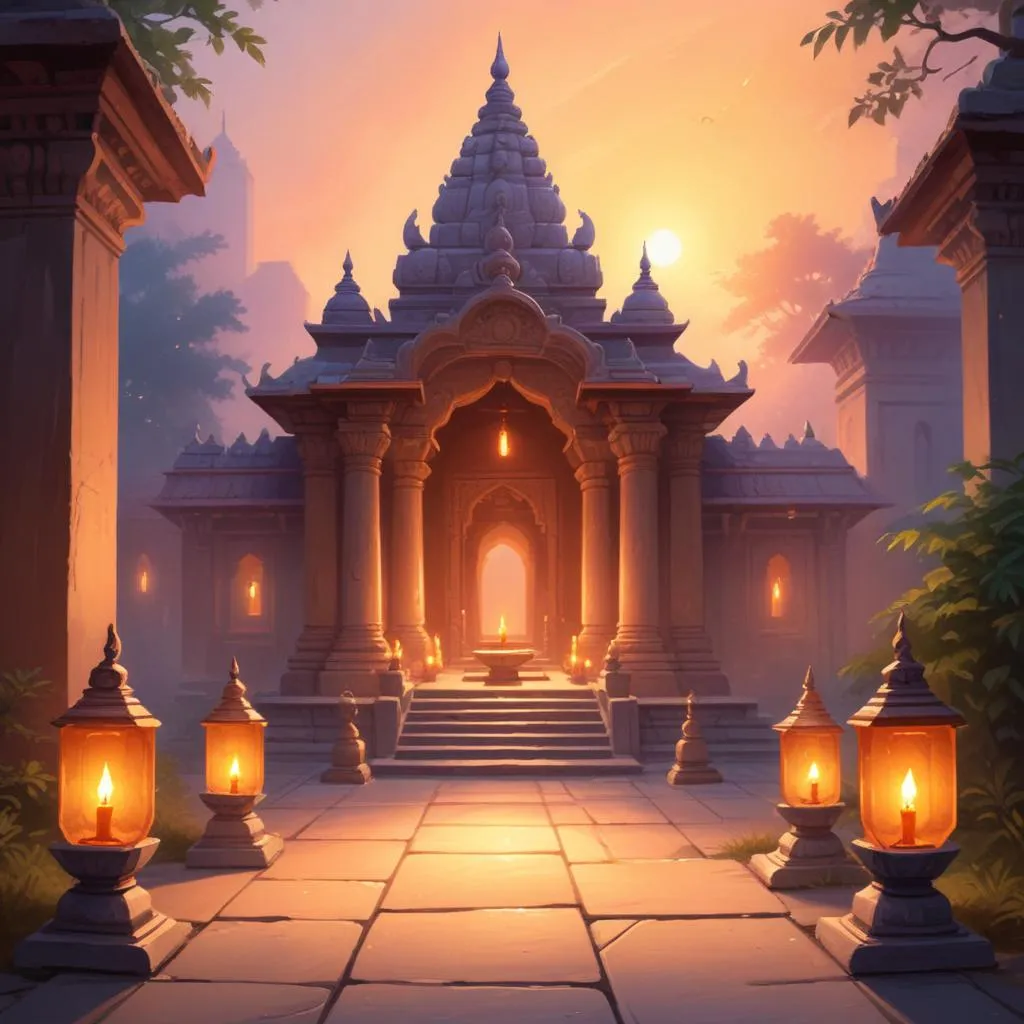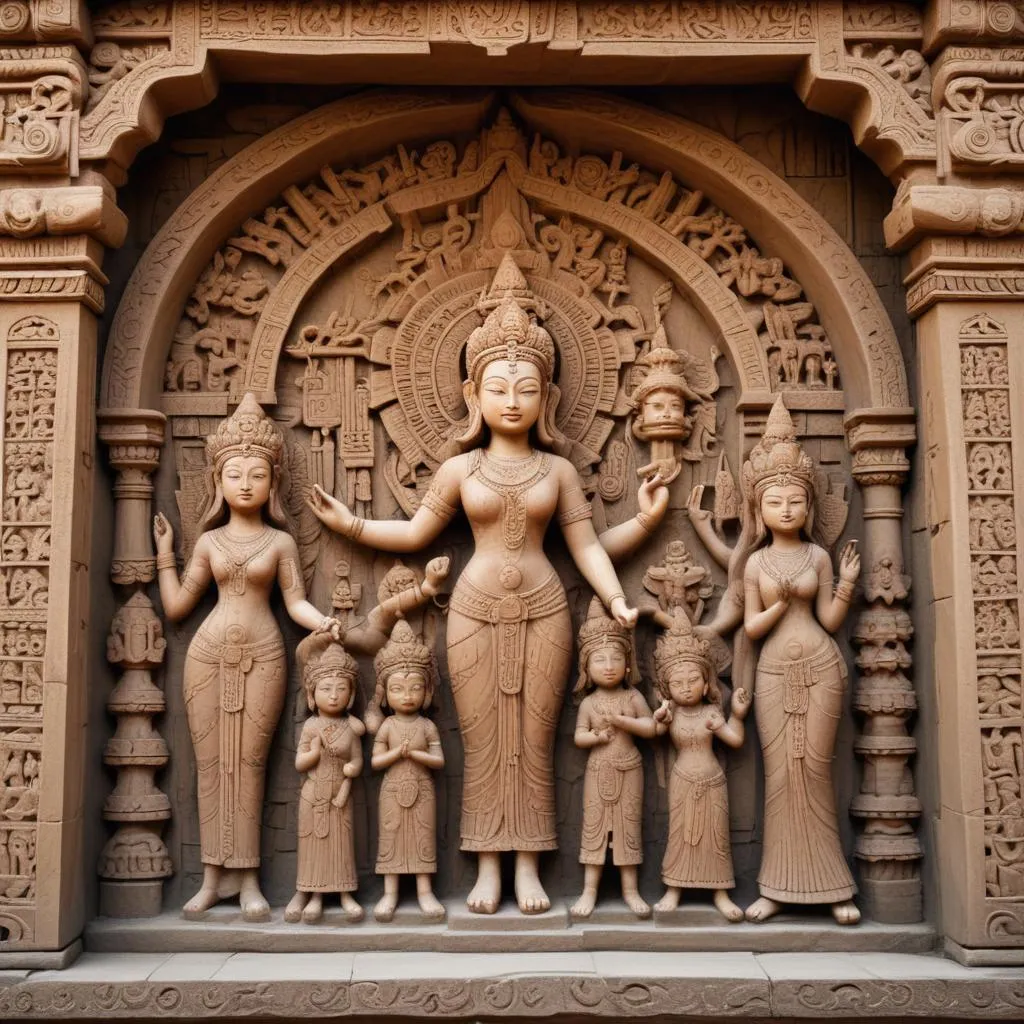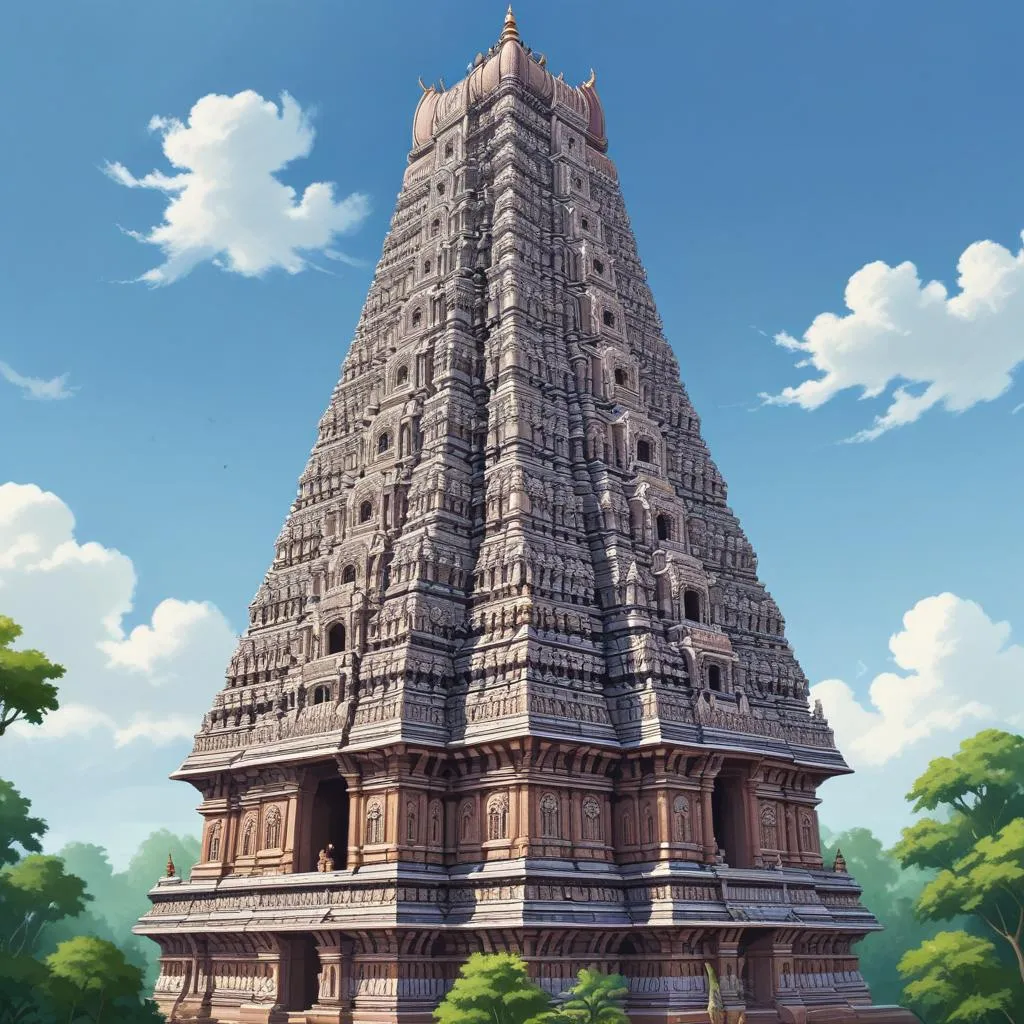
For millions of devotees worldwide, Hanuman represents the pinnacle of devotion, strength, and selfless service. His presence extends far beyond the pages of the Ramayana, deeply woven into the fabric of art, cultural traditions, and the very stones of temple architecture. This exploration delves into how the essence of this revered figure is expressed across various mediums and practices.
The Artistic Depiction of Hanuman
Art has been a primary medium for conveying the divine qualities of Hanuman. Across different regions and periods, artists have captured his unique attributes, creating a rich and varied iconography.
Iconography and Symbolism
Traditional art consistently portrays Hanuman with specific symbolic features:
- The Mace (Gada): A symbol of his immense physical strength and his role as a protector.
- The Mountain: Often shown carrying the Dronagiri mountain, symbolizing his ability to accomplish the impossible for the sake of his devotion.
- Open Chest: A powerful image where his heart is open, revealing figures of Rama and Sita, representing his pure, unwavering devotion (bhakti).
- Humility in Posture: Despite his power, he is frequently depicted in a humble, kneeling posture, showcasing his submission to a higher purpose.

Hanuman in Cultural Traditions
The influence of Hanuman permeates daily life, festivals, and performing arts, making him a living presence in culture.
Festivals and Worship
Hanuman Jayanti, the celebration of his birth, is a major festival marked by special prayers, fasting, and the recitation of hymns like the Hanuman Chalisa. Tuesdays and Saturdays are considered particularly auspicious for his worship, with thousands visiting temples to offer vermilion, flowers, and sweets.
Performing Arts and Literature
From the ancient Ramlila plays, where his character is central, to modern cinematic interpretations, Hanuman's stories are a staple of performance. The Hanuman Chalisa, a 40-verse devotional hymn by Tulsidas, is one of the most widely recited religious texts, believed to confer strength and dispel fear.
Architectural Grandeur: Hanuman Temples
Temple architecture dedicated to Hanuman reflects his dual nature as a mighty warrior and a humble devotee. These structures range from simple roadside shrines to massive temple complexes.
Distinctive Features of Hanuman Temples
- Tall Statues (Murtis): Many temples feature colossal, towering statues of Hanuman, often in a dynamic pose, symbolizing his protective vigilance.
- Location: They are frequently found at the entrance of villages or cities, symbolizing his role as a guardian (Kshetrapala).
- Simplicity and Strength: The architecture often emphasizes robustness and grandeur, mirroring his character, yet the inner sanctum fosters an atmosphere of focused devotion.

Famous Hanuman Temples
India is home to several renowned Hanuman temples, each with its own unique legend and architectural style. These include the Sankat Mochan Hanuman Temple in Varanasi, believed to be established by Tulsidas himself, and the Jakhu Temple in Shimla, famous for its giant statue overlooking the Himalayas.
A Lasting Legacy
The depiction of Hanuman in art, his celebration in culture, and his veneration in temple architecture collectively create a powerful and enduring legacy. He is more than a mythological figure; he is an archetype of loyalty, courage, and the transformative power of devotion. Through these expressions, his message continues to inspire and guide spiritual seekers, reminding them of the strength that lies in selfless service and unwavering faith.